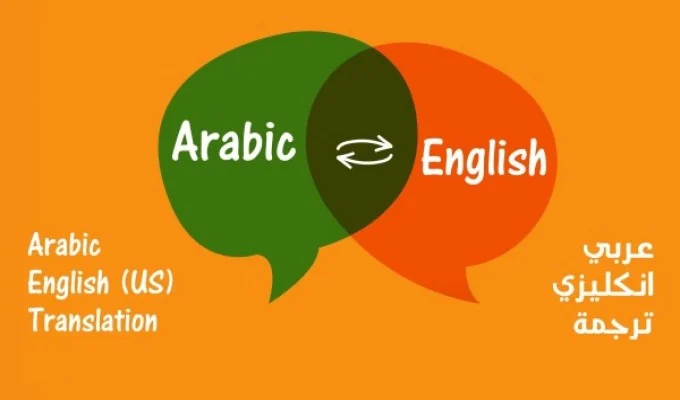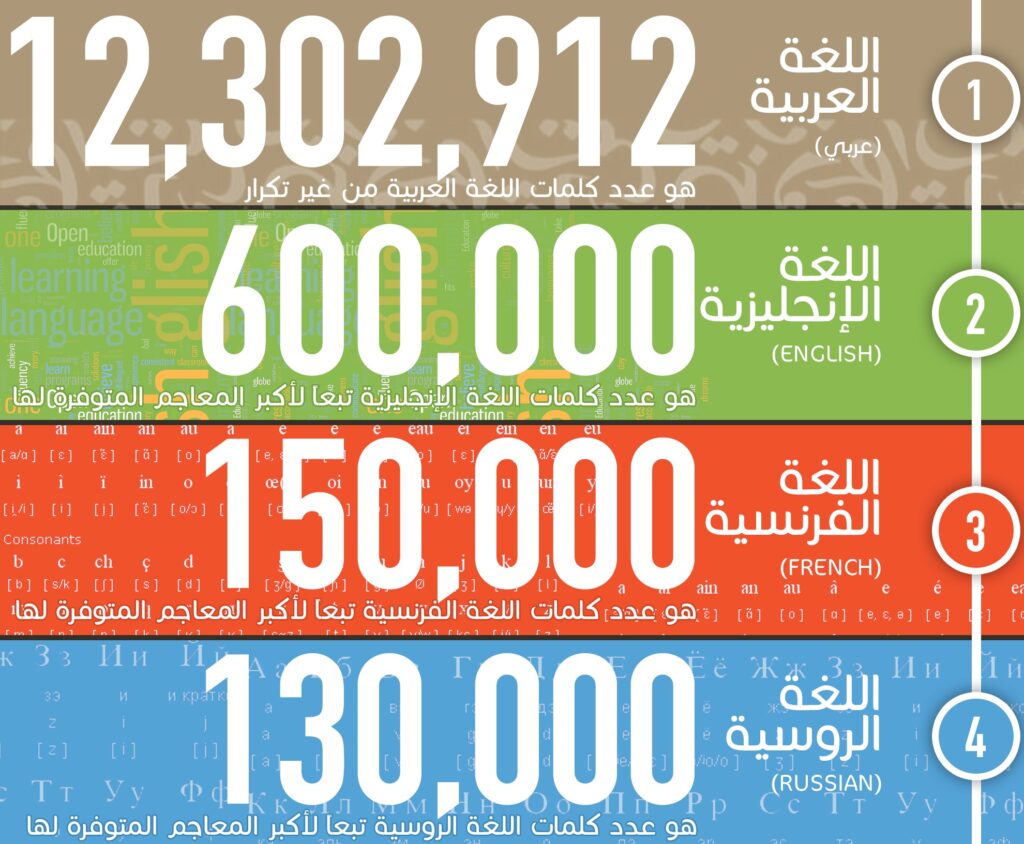Things you must know before localizing your product into Arabic

Before digging into the details of product localization into the Arabic language, let’s first explain briefly the difference between localization and translation: Translation is the process of literally describing certain words and sentences from one language like English into another language. The localization process is more global. Besides the translation, it covers the adaptation of the overall context to go with the target language including cultural correctness, images, and any other related assets. Understanding this difference makes it easy to manage the process of localization into Arabic.
Quick facts about the Arabic Language:
- The Arabic language is considered the richest language in history:

Source: http://bit.ly/3bWusFn
- The Arabic language is ranked fifth globally in terms of the number of people who speak it.
Source: http://bit.ly/3c0UxDo
General Characteristics of the Arabic Language:
- Bidirectional Language: Arabic is one of the few languages worldwide that is written from right to left. An Arabic word consists of a set of contiguous characters. An Arabic sentence is a set of words with a space between them and ends by a full stop.
- Numbers: Despite the text being written from right to left, the numbers are written from left to right like in English. For example, let’s check the below Phone number example:
| English | Arabic |
| +1 123 456 7890 | +1 123 456 7890 |
Note: Writing phone numbers or any other numbers from right to left is considered an error. Make sure your Website or CMS templates are smart enough to differentiate between The type of content: text (RTL) and Numbers (LTR).
- Calendar: Most Arabic countries prefer to use the Hijri Calendar but the Gregorian calendar is also acceptable. The choice will depend on your Market research output based on the specific area of the Arabic world you are targeting.
- Font: The Arabic language has a very large set of fonts that are able to display the Arabic characters in a clear way to read. Check the below examples:
- Glyphs (Tanween, tashkeel, etc…): The Arabic language uses a kind of Glyphs above or under a character to change the way it is pronounced and it may even change the sense of the word itself. It is crucial to make sure the words are written correctly in order to deliver the exact intended meaning to the audience. In the following example, I will write one-word several times with exactly the same characters but with a completely different meaning based on the Glyphs used for each word:
| Arabic Word | English definition |
عَلِم | know(verb) |
عَلّم | Teach (verb) |
عُلِّم | informed |
عَلَمٌ | Flag (noun) |
عِلْمٌ | Science (noun) |
As we can see above, I used the same word that contains exactly the same characters:
(ع | ل | م) but the glyphs used ( َ | ِ | ّ | ٌ | ْ ) changed the meaning of the word.
Note: It is recommended to have an Arabic native speaker to do a final online QA before releasing a localized product, to make sure the Arabic text is correct to avoid any confusion due to small but crucial errors.
- English words of Arabic origin. It is wise to use such words as appropriate in context when targeting Arabic audiences because they will sound familiar to them. Let’s check the following ones:
| Arabic word | English pronunciation | Equivalent in English |
| ســكــر | Suker | Sugar |
| طـماطم | Tamatem | Tomato |
| بطاطس | Patates | Potatoes |
| مِرآه | Mer’ah | Mirror |
| قطن | Koton | Cotton |
| اسطورة | Ostora | Story |
| جـس | Gess | Guess |
| الحوش | Haosh | House |
| طويل | Tawel | Tall |
| شراب | Sharab | Syrup |
| الياسمين | Alyasmeen | Jasmine |
Technical aspects of Arabization
Now, that we have a brief understanding of the Arabic language’s main characteristics, let’s take a step further to see how to deal with this language from a technical perspective:
- Templates: Nowadays, most companies use Content Management Systems in order to share their content worldwide. In addition to the common technical preparation for multilingual publishing, the Arabic language required additional steps: Templates: Any CMS provides built-in or custom templates to hold content. These need to be flexible and smart enough to detect the user selection of the language. Based on that convert the direction of the text to be from right to left. Also, the templates and any related plugins need to be able to deal with the Hijri calendar and keep the number in English from left to right. Finally, the templates must be able to use the appropriate font for the Arabic language. The role of the localization engineer here is crucial to help the developers in the software development processes.
- Pseudo-Translation before Localization: pseudo-translation rounds are required before the real translation. This is to make sure all the properties and content placeholders are ready to display Arabic appropriately.
- Search: Users must be able to search using their preferred language and get the expected results. In many cases, the testing of the Search is neglected and this leads to a negative user experience. Thus, deep testing for different search cases is very helpful in order to provide a great experience for the Arabic audience.
Cultural awareness takeaways:
- The majority of the Arabic world is Muslim. So, any product and/or related marketing campaign should avoid violating the common sense of the Islamic community. For example, Alcohol, drugs, and pork are prohibited in almost all these countries.
- Also, the Arab mind is somehow conservative. The target products in this area must be aware of this.
- An important hint to take into consideration is that the Arabic countries and their populations do not all follow the same lifestyle. Specific market research for the target area of the Arabic world will help a lot to re-shape the product for that area. For example:
- Gulf Area: the richest area of the Arabic world and most people there have a luxurious lifestyle. They are mainly influenced by the US lifestyle.
- North Africa (Algeria, Morocco, and Tunisia) are more influenced by the French lifestyle. This is reflected even in their way of pronouncing Arabic words or even they are using a mix which is named Franco-Arab.
- Egypt is the biggest Arabic country with a population of more than 100 Million. Most young Egyptians are highly educated and they prefer the American lifestyle.
To conclude, the Arabic language is one of the richest languages with regard to the number of synonyms and expressions. To have a smooth product Arabization process, consider using an Arabic native speaker consultancy service to help to enhance the acceptance of your product in this area of the world.
Feel free to leave a comment or to contact me for an open discussion
